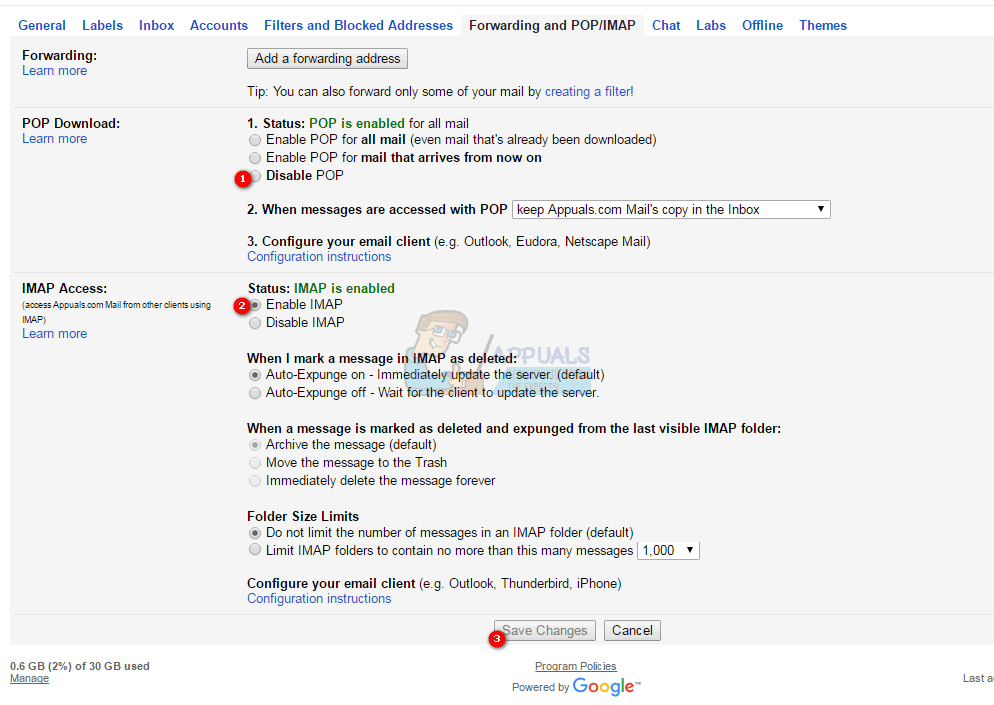

For example, you could create a rule (Home tab > Rules button) and set parameters such that if e-mail was received between January 1, 2013-February 1, 2013, move it to a folder named '2013 January'. In some cases, it may be helpful to create a rule in Outlook that identifies a grouping of e-mail you want to move. Even when using Outlook on a PC, it is best to move mail in batches and to let each move operation (whether it involves moving a folder or a group of e-mails) complete before initiating the next move. In doing so you establish a direct connection to your mailbox on the Exchange server, and you can then commence to creating new folders and moving mail to those folders.
#Mac mail exchange sync problems Pc#
Tips for Re-Organizing a Mailbox If you have questions about the process of re-organizing your Exchange mailbox using any of the methods below, please contact your local IT support or e-mail the Exchange Help Desk at Particularly in instances where you have large amounts of e-mail to move, the ideal scenario would be to connect an Outlook 2013 or Outlook 2010 client on a Windows PC to your mailbox NOT in cached mode. (1) The custom folder itself > (2) A subfolder under the custom folder > (3) A sub-folder within the subfolder. It is okay to create subfolders within a custom folder, but it is recommended that you do not create more than 3 levels of folders - i.e. This is most easily accomplished using Outlook Web App by right-clicking (or Ctrl+click on a Mac) your name as it appears in OWA and choosing the Create New Folder. rather than as subfolders "underneath" one of the system folders mentioned.

#Mac mail exchange sync problems for mac#

In response to performance and other problems reported by some Central Exchange users who utilize Microsoft Outlook for Mac 2011 to access their Exchange mailboxes, ACNS reached out to Microsoft and other universities using Exchange or Office 365 regarding recommended best practices for Outlook for Mac 2011. Outlook for Mac 2011 Best Practices Overview


 0 kommentar(er)
0 kommentar(er)
